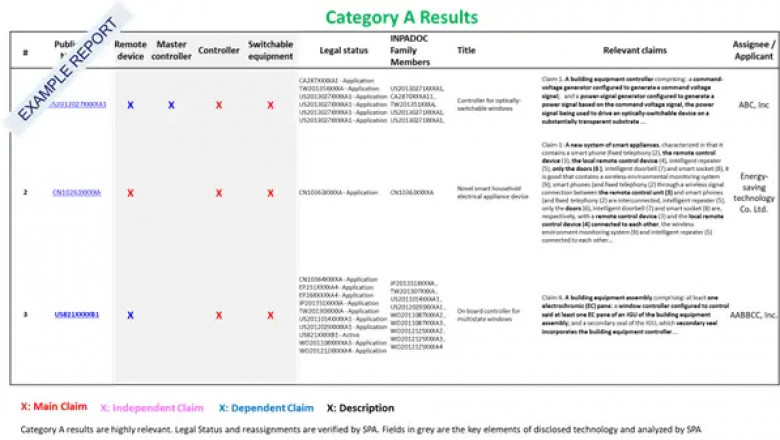views

Freedom to Operate (FTO) – an introduction:
Freedom to operate search is an imperative due diligence step to be performed for any organization prior to commercializing a newly developed product or process. Freedom to operate searches help identify any potential infringement on the intellectual property (IP) rights of another party.
A Freedom to Operate (FTO) analysis involves a search of patent literature for issued or pending patents and obtaining a legal opinion on whether or not a product, process or service may be considered to be infringing existing patent(s) owned by others. Freedom to Operate Search, also known as Clearance Search, Infringement search or Right to Use.
Freedom to Operate is the ability to make/use/sell/otherwise commercially exploit a technology without the risk of being sued for infringing someone else’s patent. Hence, the search should be carried out before manufacturing, selling, marketing or importing the product. The purpose of searching for FTO is to find any published patent applications or granted patents that include claims covering a particular product or process.
Importance of Freedom to Operate (FTO) search/study:
A carefully thought-through product commercialization strategy requires an early assessment of patent rights. A freedom to operate search and analysis will help develop clarity in both technical and legal aspects of product development.
- Freedom to Operate study helps in ensuring a company/individual is free from any threat of infringement of third party rights.
- The study helps in making informed business decisions such as redesigning the product, identifying the patents for licensing, whether to import or export a product, changing the market for the products, etc.
- Also helps in forecasting future market developments to minimize the risks.
When to conduct a Freedom to Operate (FTO) search?
With significant patent filing taking place across several industries, it is worth conducting Freedom to Operate searches at multiple stages of the product/process development lifecycle. Freedom to Operate is usually conducted in the following scenarios:
- Early stages – Freedom to Operate searches can be conducted in the early research stage of product development to avoid infringements by modifying inventions to “design around” existing patents during the R&D process. By identifying key patents early on, it may be possible to find new ways to design around the claims of the patents that present the highest risk of infringement.
- Late stages – General practice is to conduct Freedom to Operate searches before the commercialization or launch of the product. If any blocking patents are identified at this stage, the products can be subjected to design changes (redesigned) before the product rollout or evaluate licensing opportunities to commercialize the product in specific markets
Getting a Freedom to Operate opinion will open up avenues for licensing, designing around patented features, or getting the go-ahead to commercialize the product or technology.
Key elements of a Freedom to Operate (FTO) study:
Freedom to Operate Search and Analysis is a complex process as it includes several key elements that need to be considered:
- Geographical limitations: Since intellectual property rights are specific to different jurisdictions, a “freedom to operate” should relate to particular geography/countries/regions where the product is being planned to launch/commercialize. Additionally, PCT applications for the last 30 months can be considered for the search.
- Time frame: As the patent rights are valid for 20 years, the “freedom to operate” study should consider 20 years from the date of publication. Hence, patents older than 20 years can be excluded from the FTO study. Active patents need to be considered for the FTOe study.
- Claim-based analysis: Claims are the most important part of a patent specification. The patent claim defines the boundary of the patent. It defines exactly what is claimed by the invention and therefore what is sought to be protected. Hence, for Freedom to Operate analysis, the search and analysis are based on the patent claims only.
- Product features/components: Freedom to Operate studies should be conducted on all the components of the product. Technology/product/device/process may have many independent aspects that need to be searched alone or in combination.
- Patent Legal Status: Patents that are in force/active should be considered for the Freedom to Operate study. Expired/lapsed/withdrawn patents need to be excluded from the study.












